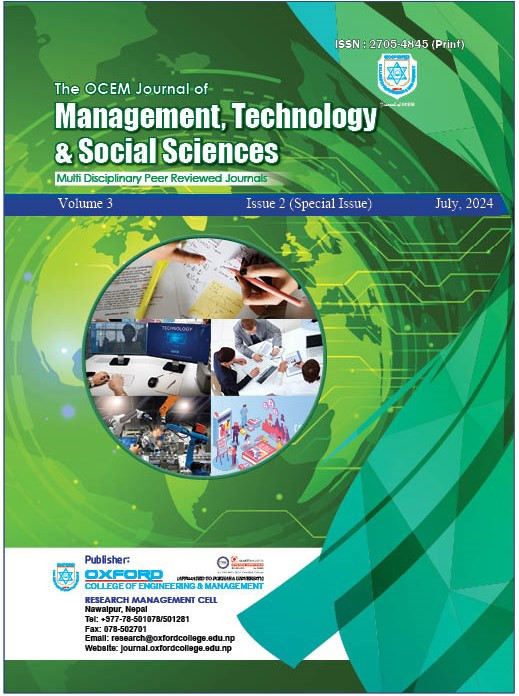
Understanding the Popularity of Momo as a Beloved Global Food
Momo is celebrated worldwide for their comforting flavours and cultural fusion, representing a blend of traditional Tibetan and Nepali influences adapted to global tastes. This study aims to highlight Momo’s global popularity and cultural significance, employing a literature review of scholarly articles to explore its culinary and cultural dimensions. Momo is considered as a cultural icon of Nepal, representing its rich culinary heritage and national identity with a fusion of Tibetan and Newari composition appealing to diverse global audiences; emerging from traditional Newari origins in the 14th century, Momo has gradually developed into Nepal’s typical dish, offering both raditional interpretations and customised differentiation that foster community and cultural pride.
Despite Momo’s popularity in Nepal, it encounters challenges in achieving global recognition due to factors such as limited availability outside its native regions, unfamiliarity among international consumers, and inconsistent preparation methods. Misconceptions about Asian cuisine further obstruct its acceptance in some markets, necessitating efforts to enhance awareness and appreciation. Overcoming those above mentioned barriers is crucial for Momo to attain widespread popularity as a globally cherished culinary delight.
The study highlights Momo’s cultural symbolism rooted in Himalayan traditions, now embraced globally for its versatility and attraction. Economically, Momo contributes to local livelihoods and culinary tourism, displaying its role in cultural exchange and fostering appreciation for culinary diversity worldwide. Insight into Momo’s ingredients, preparation techniques, and nutritional benefits illuminates its adaptation to modern dietary preferences while promoting cross-cultural understanding and respect. This study’s implications benefit food industries in spreading their new product globally.
Keywords: culinary fusion, culinary tourism, cultural diversity, cultural icon, global popularity, momo, Nepali cuisine
